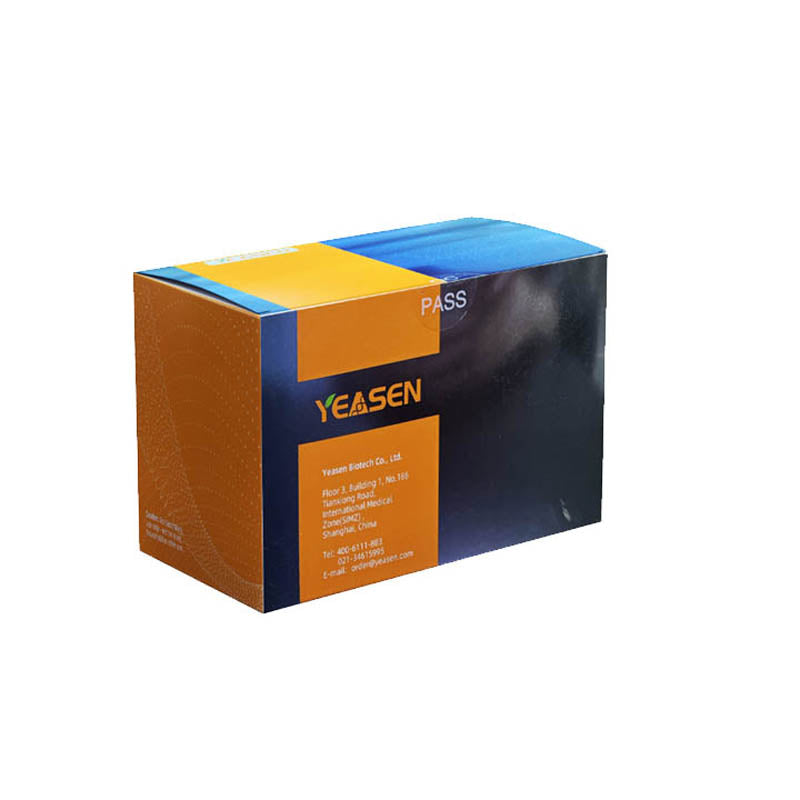Description
phi29 DNA polymerase is the replicative polymerase from Bacillus subtilis bacteriophage, has exceptional strand displacement and processive synthesis properties. It can synthesize DNA fragments up to 70 kb. The polymerase has an inherent 3´→5' proofreading exonuclease activity. And it is recommended to modify the 3 'end of the primer in the system to prevent degradation. phi29 DNA polymerase is often used for plasmid synthesis in vitro and whole genome synthesis.
Features
High sensitivity: It is capable of effectively amplifying DNA templates at the pg level.
High amplification yield: When 100 ng of template is input, the yield can reach 2 μg/μL.
Applications
DNA Enzymatic Synthesis.
Whole genome amplification (WGA).
Rolling circle amplification (RCA).
Multiplex displacement amplification (MDA).
SNP detection.
Specifications
|
Unit Definition |
One unit is defined as the amount of enzyme that will incorporate 0.5 pmol of dNTP into acid insoluble material in 10 minutes at 30°C. |
|
Heat Inactivation |
65°C for 10 min |
Components
|
Components No. |
Name |
14404ES72 |
14404ES80 |
14404ES90 |
14404ES92 |
|
14404-A |
phi29 DNA Polymerase (10 U/μL) |
25 μL |
100 μL |
500 μL |
1 mL |
|
14404-B |
10×phi29 Reaction Buffer |
100 μL |
400 μL |
2×1 mL |
4×1 mL |
Shipping and Storage
This product should be stored at -25 ~ -15oC for 2 years.
Figures

Figure 1.Results of whole genome amplification with different DNA template input amounts using phi29 DNA polymerases from Yeasen and Supplier A . C1: No template control, C2: No enzyme control. The results showed that phi29 DNA polymerase (Cat#14404) had better sensitivity and amplification yield than the competitor's product.

Figure 2.The amplification yield of Yeasen phi29 DNA polymerase. Template: 293 cell gDNA, with an input of 100 ng; Reaction time: 16 h. The results showed that the amplification yield of Yeasen phi29 DNA polymerase (Cat#14404) could reach 2 μg/μL when the input amount of template was 100 ng.
Documents:
Safety Data Sheet
Manuals
Payment & Security
Your payment information is processed securely. We do not store credit card details nor have access to your credit card information.
Inquiry
You may also like
FAQ
The product is for research purposes only and is not intended for therapeutic or diagnostic use in humans or animals. Products and content are protected by patents, trademarks, and copyrights owned by Yeasen Biotechnology. Trademark symbols indicate the country of origin, not necessarily registration in all regions.
Certain applications may require additional third-party intellectual property rights.
Yeasen is dedicated to ethical science, believing our research should address critical questions while ensuring safety and ethical standards.

